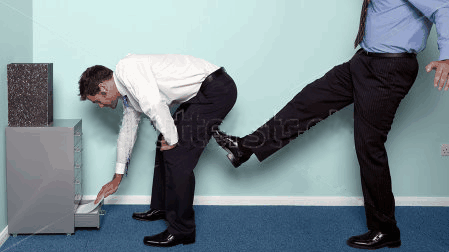Spying is everywhere these days and researchers with employer backing are studying the way employees move during work tasks. They don't seem to care what effect this has on a workers mental state, considering you will have a contraption fitted that will go into the bathroom with you.
The DorsaVi company based in Melbourne has developed a monitoring system called ViSafe. It attaches to the body by means of sticky pads that measures muscle impulses and body motion. Critically, it measures the speed at which one is moving. This will help to make the employee move faster by explaining that he/she does not move fast enough during work hours - hands up for running on the spot!
Data are examined by the subject, researcher, workplace assessor, oh and another employee who is there to make up the numbers. Just where workplace assessor gets his skills and expertise from is a mystery. Like those wonderful abstract tests they give to job applicants that are never tested in real life situations - indeed, which are irrelevant to real life and measure, well, nothing actually.
It is okay to use such technology on sports people, but in the workplace they can cause a build up of stress in employees that employers with there great intelligence cannot seem to understand. This is mainly because employers can please themselves about what they do during the day and workers cannot. Employees are trapped in a prison of compulsory work tasks. "ViSafe can tell you in a quantifiable way how far a worker can bend over." That will prove useful.
Technology by Ty Buchanan




